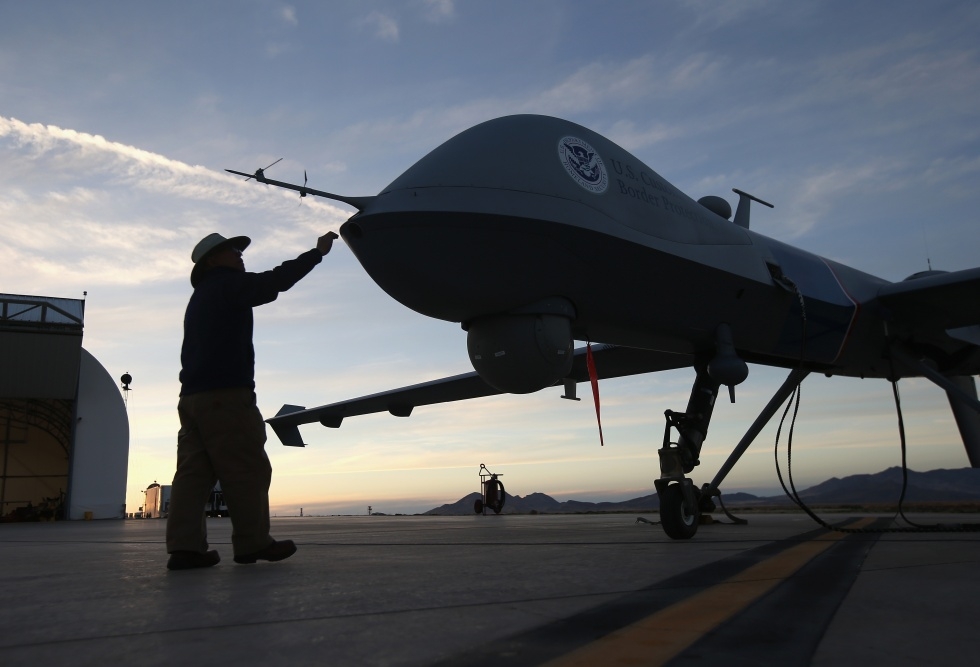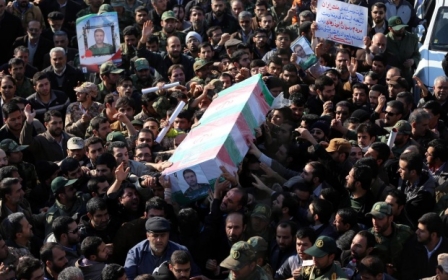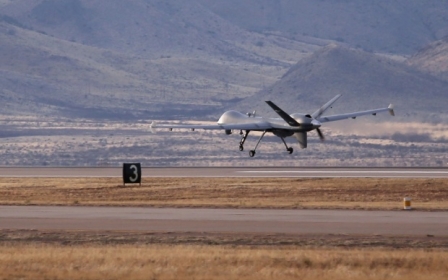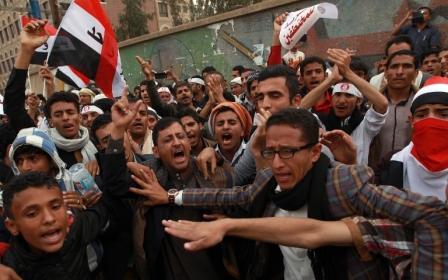AQAP chief targeted by US drone in Yemen: Report

WASHINGTON - The leader of al-Qaeda's branch in Yemen was targeted in a CIA drone strike last week, though US officials would not immediately confirm he had been killed, The Washington Post reported Monday.
Nasir al-Wuhayshi's group, al-Qaeda in the Arabian Peninsula (AQAP), is behind several plots against the United States, including an attempt to blow up a US commercial airliner on Christmas Day in 2009.
US officials told the Post they were reviewing intelligence linked to a 9 June drone strike that targeted Wuhayshi and other AQAP operatives.
According to the Post, Wuhayshi is second-in-command to al-Qaeda leader Ayman al-Zawahiri.
"We are looking to confirm his death," a US intelligence official told the newspaper.
CNN, meanwhile, cited two Yemeni national security officials as saying Wuhayshi had been killed on Friday.
AQAP has not yet made an announcement regarding Wuhayshi's reported death, but the Post cited the SITE Intelligence Group as recording a number of online postings by AQAP followers indicating that Wuhayshi was dead and was to be replaced by military commander Qasim al-Rimi.
Wuhayshi escaped a Yemeni prison in 2006 with various other militants and three years later founded AQAP.
A Yemeni official last week told AFP that a drone had fired four missiles on 9 June at three al-Qaeda militants, including an unnamed "leading figure", near Mukalla port, killing them on the spot.
Al-Qaeda in the Arabian Peninsula has exploited months of fighting in Yemen between Shia Houthi militants and their Saudi-backed rivals to consolidate its grip on Hadramawt's provincial capital Mukalla - a city of more than 200,000.
The United States considers AQAP the extremist group's deadliest global franchise and regularly targets its militants with armed drone strikes on Yemeni territory.
It is the only government that operates the unmanned aircraft over the impoverished country.
Critics of the US use of drones fear the attacks may radicalise the families of the people they kill.
Middle East Eye propose une couverture et une analyse indépendantes et incomparables du Moyen-Orient, de l’Afrique du Nord et d’autres régions du monde. Pour en savoir plus sur la reprise de ce contenu et les frais qui s’appliquent, veuillez remplir ce formulaire [en anglais]. Pour en savoir plus sur MEE, cliquez ici [en anglais].




